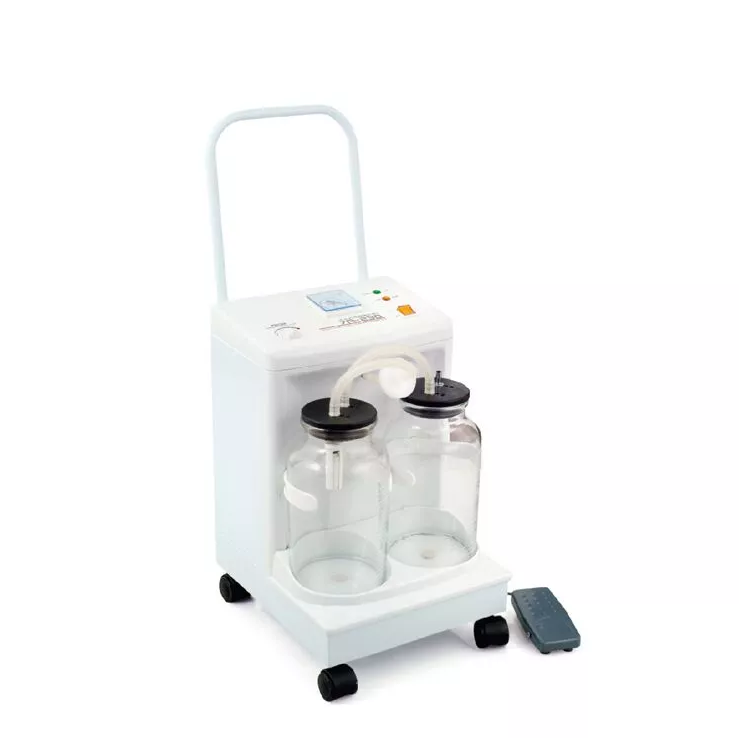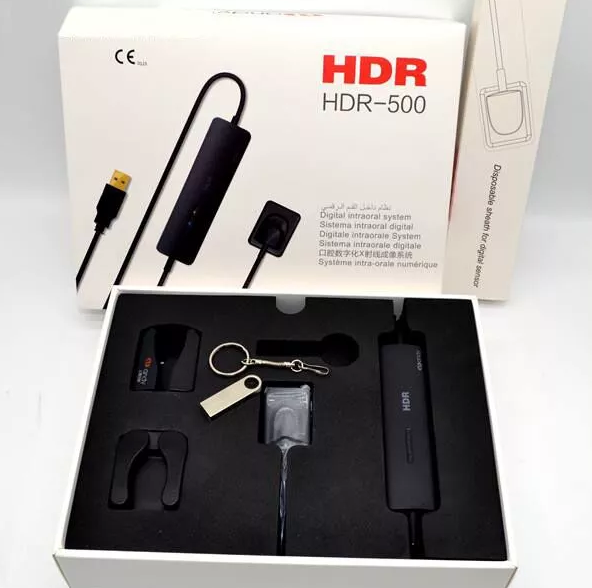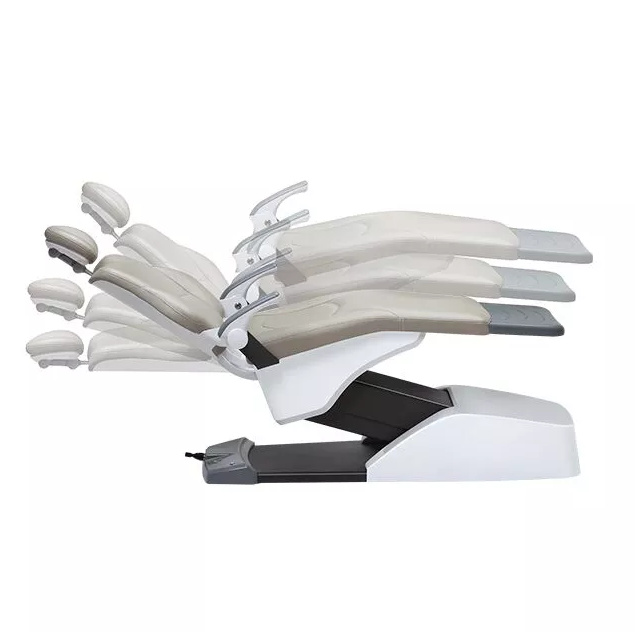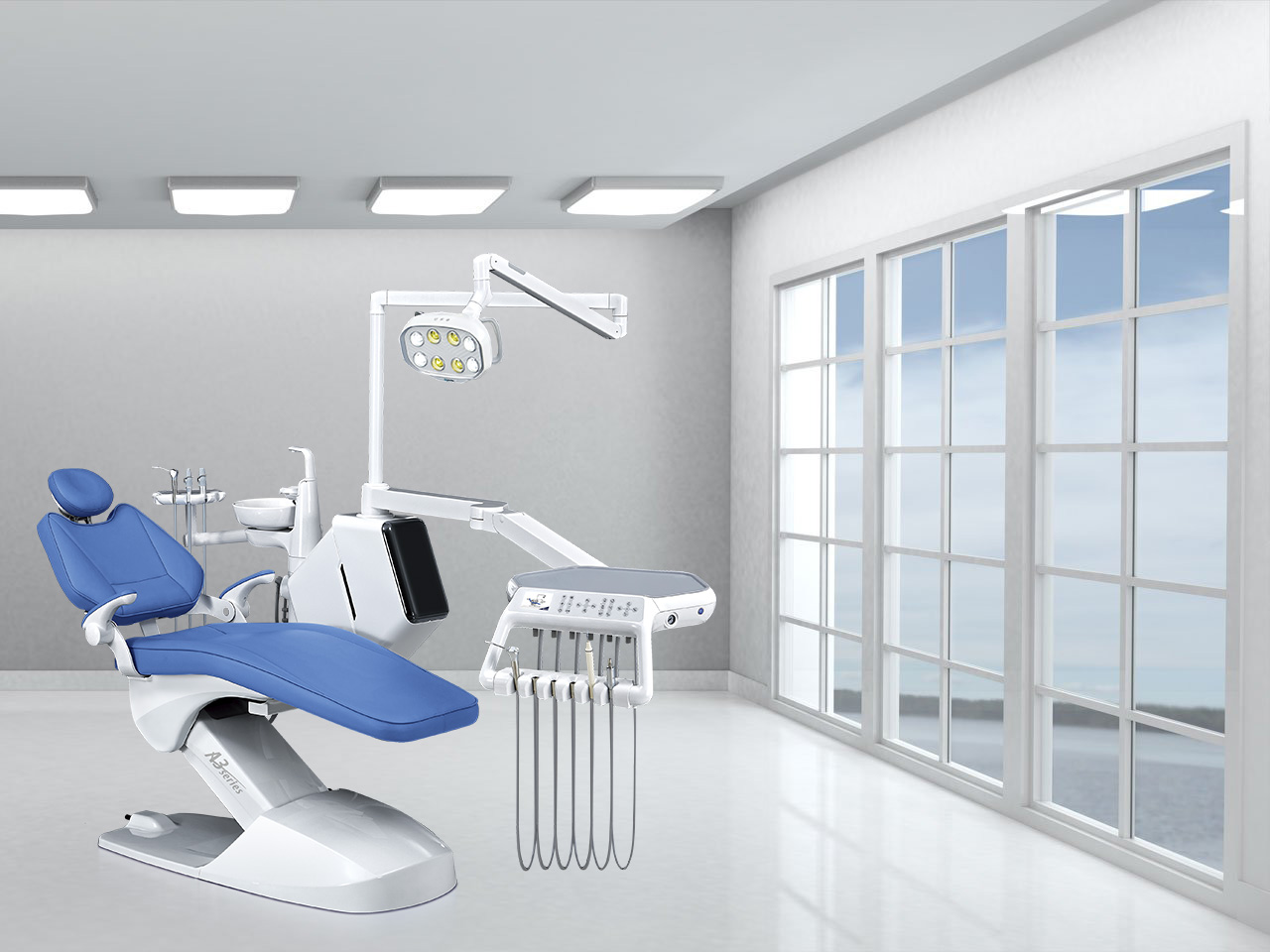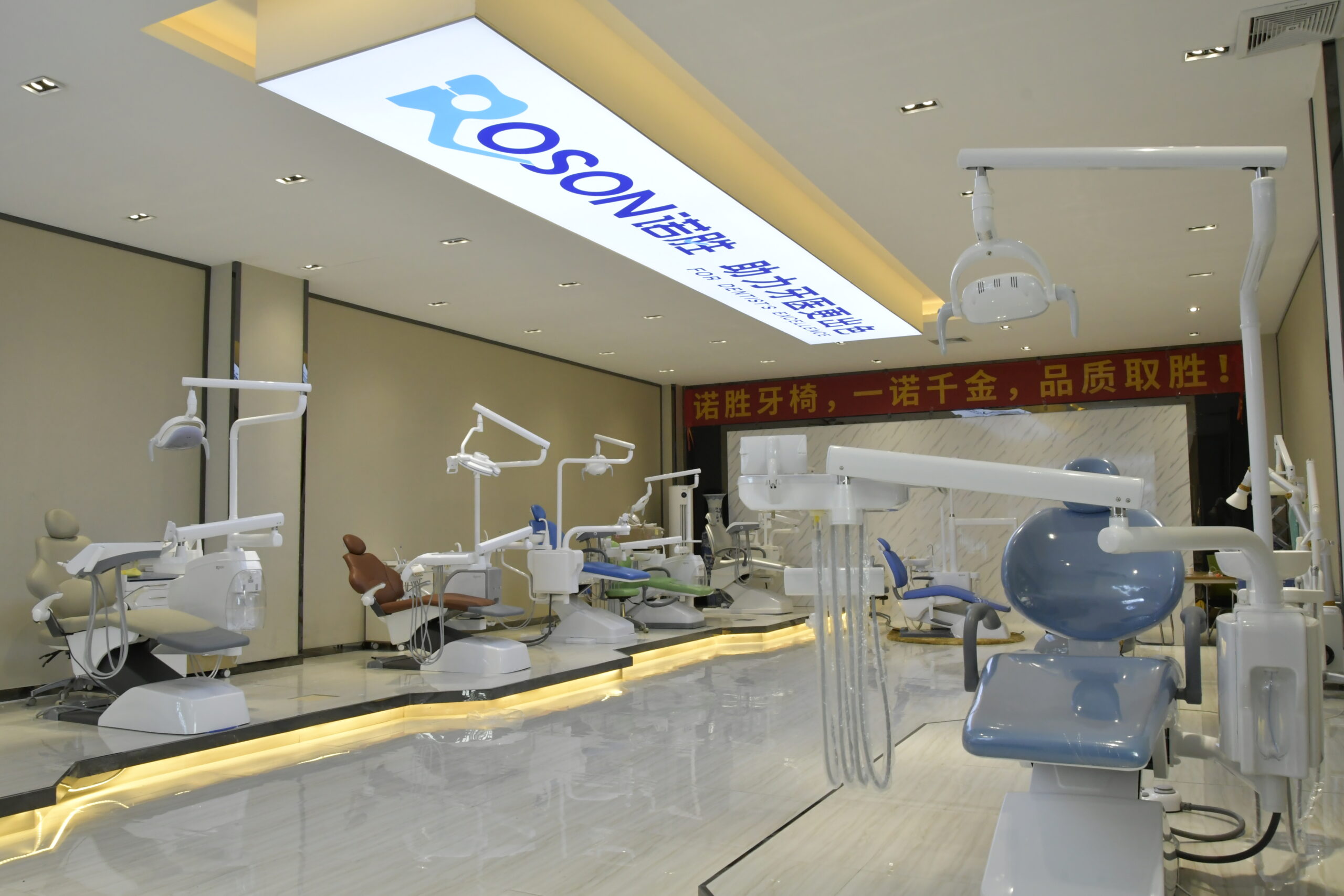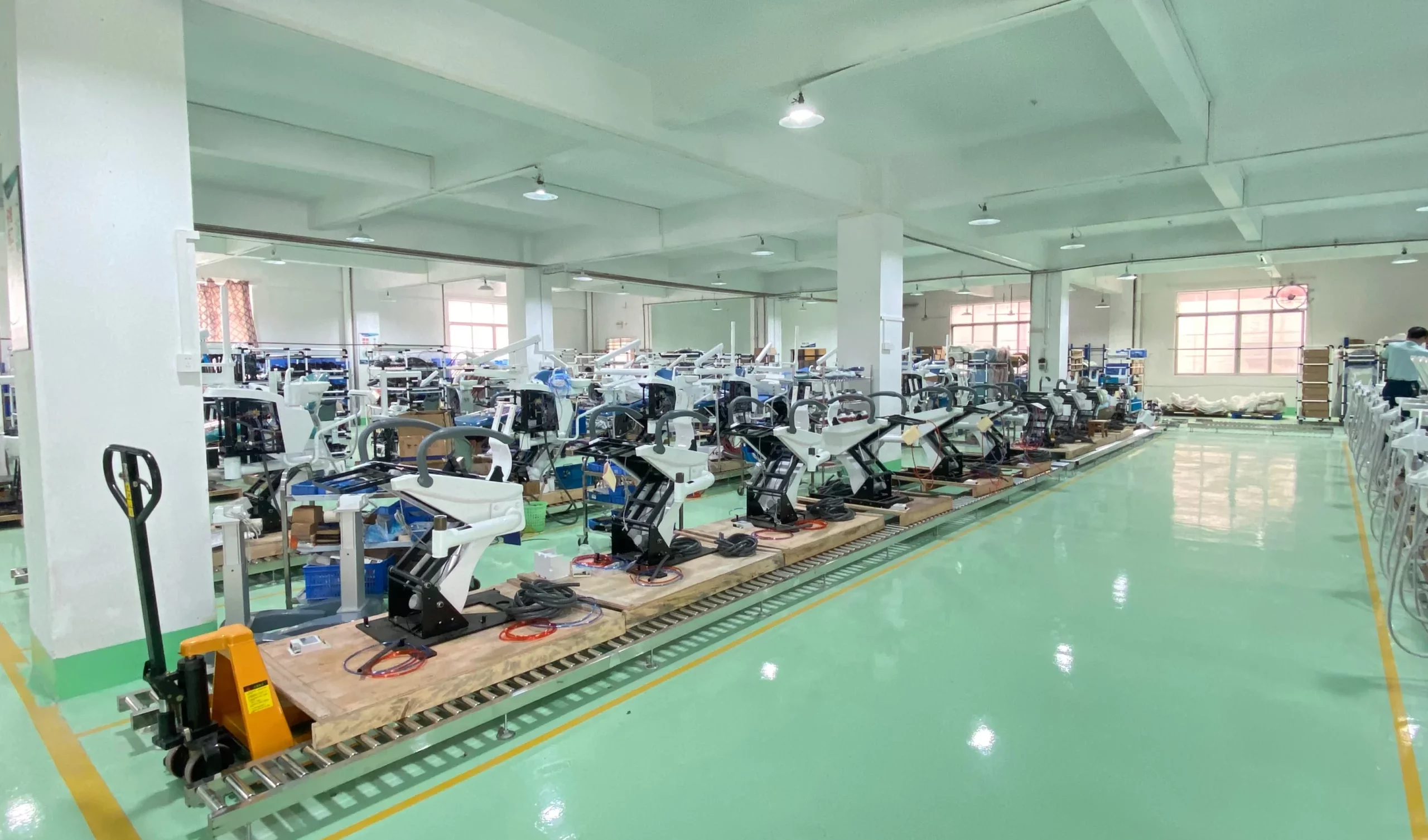As a dental professional, you understand the importance of having the right tools to deliver top-quality patient care.
A dental handpiece is one of the most important tools in your arsenal, which is used for various procedures such as drilling, polishing, and shaping teeth. Dental handpieces are available in various types, each with unique features that make them suitable for different dental procedures. Therefore, choosing the best dental handpieces for your practice can be a daunting task. In this guide, we’ll take you through the factors to consider when choosing the best dental handpiece for your practice.
Type of Handpiece
There are two main types of dental handpieces: air-driven and electric. Air-driven handpieces are powered by compressed air and use a turbine to rotate the bur. These handpieces are lightweight and typically less expensive than electric handpieces. However, they may not provide the same level of precision as electric handsets.
On the other hand, handpieces are powered by an electric motor, making them more powerful and precise than air-driven handpieces. handpieces also operate more quietly and smoothly than air-driven handpieces. However, they are more expensive than air-driven handpieces and may require more maintenance.
When choosing the best dental handpiece for your practice, consider the types of procedures you perform most often. If you mostly perform basic procedures such as routine cleanings and fillings, an air-driven handpiece may be sufficient. However, if you frequently perform complex procedures such as crown preparations and root canals, an electric handpiece may be a better choice.
Speed
Dental handpieces are available in various speeds, ranging from 100,000 to 800,000 RPM (revolutions per minute). The speed of the handpiece determines how fast the bur rotates, which affects the amount of material removed and the precision of the procedure.
For basic procedures such as routine cleanings, a lower speed handpiece (100,000-200,000 RPM) may be sufficient. However, for more complex procedures such as crown preparations, a higher speed handpiece (400,000-800,000 RPM) may be necessary to ensure precise results.
Ergonomics
Dental professionals often spend long hours performing procedures, which can lead to fatigue and discomfort. Therefore, it is essential to choose dental handpieces that are comfortable to hold and use for long time.
Consider the weight and shape of the handpiece when choosing the best dental handpieces for your practice. A lightweight handpiece may be more comfortable to hold for long periods, while a well-balanced handpiece can help reduce hand fatigue. Additionally, handpieces with a comfortable grip can reduce hand strain and make it easier to control the handpiece during procedures.
Maintenance
Regular maintenance is necessary to ensure the longevity and performance of dental handpieces. Therefore, it is important to choose handpieces that are easy to maintain and clean.
Air-driven handpieces are typically easier to maintain than electric handpieces since they have fewer moving parts. However, electric handpieces may require more maintenance to ensure their performance and longevity.
Consider the ease of disassembling and cleaning the handpiece when selecting the best dental handpieces for your practice. Handpieces with removable heads can be easier to clean and maintain than those without. Additionally, handpieces with replaceable turbine cartridges can simplify maintenance and reduce downtime.
Cost
Dental handpieces are a significant investment, and their cost can vary depending on the type and brand. When selecting the best dental handpieces for your practice, your budget and the long-term value of the handpieces must be considered.
Air-driven handpieces are typically less expensive than electric handpieces. However, electric handpieces may offer greater precision.
1. Improve the accuracy of treatment
The operating speed of handpiece is faster than manual operation, which can not only improve the treatment efficiency but also provide higher accuracy. By adjusting the rotation speed and steering of the electric handpiece, the dentist can more accurately treat it, reduce errors, and improve the quality of treatment.
2. Simplify the treatment process
Hand-handed traditional handheld equipment requires a lot of physical work and is prone to fatigue, especially for a long time, which may affect the operating accuracy and efficiency of dentists. The use of electric mobile handpieces can not only reduce the physical burden of dentists but also quickly complete operations and improve efficiency.
3., reduce the pain of patients
Traditional treatment usually requires manual tools such as drill vessels or cutters, which will produce noise and vibration, which can easily cause patients fear and pain. Using a handpiece can control the vibration and noise, and at the same time, you can adjust the rotation speed as needed to reduce the pain of the patient.
4, safer
Compared with traditional manual tools, handpiece design is safer. When using, the dentist only needs to manipulate a button or switch to control the rotation speed and direction of the device, and avoid potential danger in traditional manual tool operations.
In general, as a new type of tool, the handpiece has brought revolutionary changes to the field of dentistry. Its appearance not only improves the efficiency and precision of dental treatment but also creates a more comfortable and safe treatment environment for patients. In the future, handpieces will become one of the most important tools for dental clinics.


